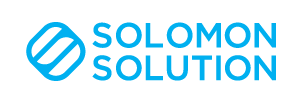
Progressive profiling is a marketing technique that can significantly increase the quality of leads generated. It works like this: instead of having a lead fill out 14 form fields in order to register for a event/webinar or download a whitepaper, a site visitor only has to fill in a few fields each time, but they never see the same field twice; i.e. the user progressively fills out information allowing for the marketeer to progressively profile them.
How does Progressive Profiling Work?
Progressive Profiling allows marketers to ask for information incrementally instead of all at once. Over time leads will become more qualified as they interact with a website and other digital channels; and will likewise deliver useful information to sales about demographics, BANT criteria (Budget, Authority, Needs, Timeline), and more.
When a visitor comes to your site or digital property for the first time, they will only need to provide basic information that will allow you to start constructing a profile. With each visit and or request to download content or register for an event you will collect more information.
Progressive Profiling will allow Sales and Marketing to:
Increase the number of form conversions. Research indicates that reducing each field on a web form increases conversion rates by about 3% to 7%. If this holds for us, our lead generation will increase by 12% to 28% based on PP alone.
Arm sales more effectively for conversations with leads. Because progressive profiling allows for deeper insight into prospect needs, marketing will deliver significantly more relevant, usable information to sales.
More accurately qualify leads. Progressive profiling will allow sales to waste less time interacting with unqualified leads and more time going after BANT-qualified individuals who fit the sales-ready profile.
Successful Progressive Profiling Starts by Identifying the Following:
What are the business objectives for progressive profiling? i.e. Why are we doing it?
What are the technical requirements to sync up webforms with your marketing automation and CRM systems?
How will you measure success globally across the organization and individually?
What information is critical for the sales team to know regarding leads around the product or service your organization is marketing?
Suggested Progressive Profiling Stages
Here is an example of stages in a progressive profiling campaign.
1 – First Name, Last Name, Email, Company, Phone Numbers
2 – Industry, Job Level, Department/Function, Primary Interest, Number of Employees
3 – Authority (Y/N), Budget (Y/N), Website, Purchase Intent
4 – Relationship to Our Company, Region, Are you interested in a demo? (Y/N)
Because you only ask 3 to 5 questions per round of profiling, the abandon rate around forms is diminished. By staging your profiling, leads climb a ladder of qualification and segmentation that gives both sales and marketing critical information. It also fosters more robust profiles of your prospects than is possible with static forms. This can help lead scoring, segmentation, and overall conversions rates when it comes to closing business.
A Few Best Practices
Always include email address at the top. While some of your visitors might find it odd to be reminded that you already know their email, it increases the likelihood that visitors will continue to enter valid information.
Put the most important questions first – you wouldn’t start a conversation with someone by asking them about their marriage, so why would you ask a new lead their preferences without getting to know them?
Reconfirm your privacy policy each time a subscriber converts on a form.

